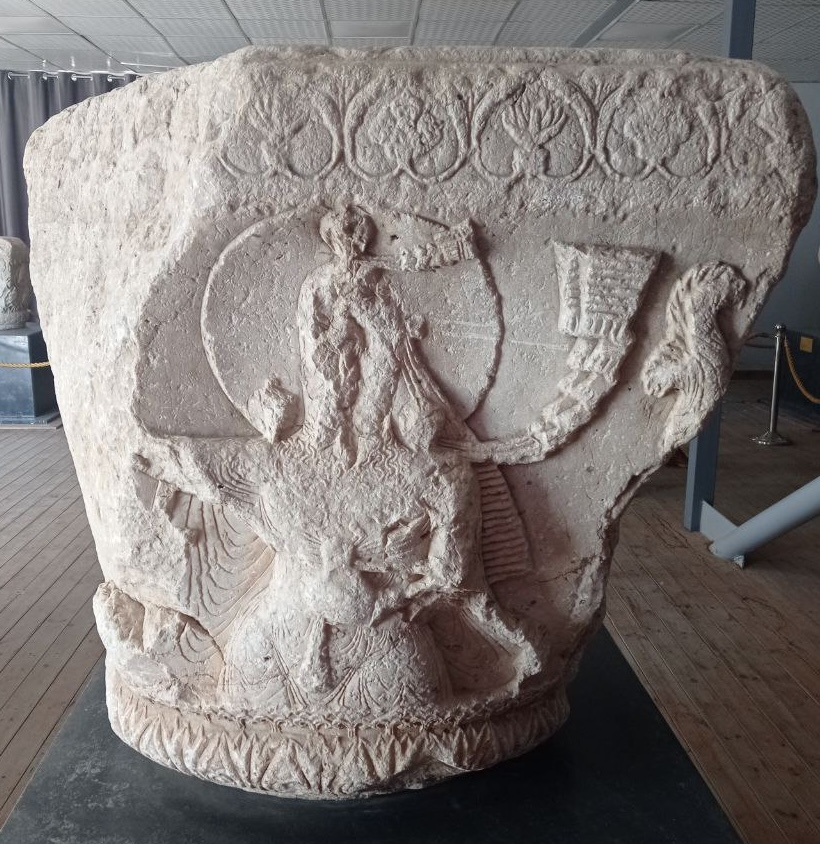Thread: It's cold out there...It's cold out there every day... 🙂 Which is why I am posting pictures of old Slavic storage heater/cooking oven/sleeping quarter thingies...Perfect for snuggling up and enjoying yourself during cold days...From: oldeuropeanculture.blogspot.com/2014/06/caille… 







This is an improvement on old Slavic stone stoves/ovens/heaters...Stone absorbs the heat, and then slowly radiates it out...Like a storage heater...All Early Medieval Central and Eastern European Slavic houses had stone oven in their corner...From: oldeuropeanculture.blogspot.com/2017/01/banya.… 





But these ovens/stoves/heaters had no chimneys. Hence Slavic proverb: Who doesn't get choked by smoke, doesn't get warm...Having a smoky house has it's advantages though...
oldeuropeanculture.blogspot.com/2016/05/curing…
oldeuropeanculture.blogspot.com/2016/05/curing…

Anyway, I guess someone got sick of the smoke, and so the design of these heaters was improved by replacing stone with bricks, and adding snaking internal channels that helped to transfer the heat to the masonry...
So all the benefits of the original stone ovens, minus choking...
So all the benefits of the original stone ovens, minus choking...

Oh if you are interested in heat=>stone=>heat systems, here is an article about the Irish stone sweat houses, and the Bronze Age/Iron Age structures they most likely developed from: Fulacht fiadh oldeuropeanculture.blogspot.com/2016/12/fulach… 

• • •
Missing some Tweet in this thread? You can try to
force a refresh























